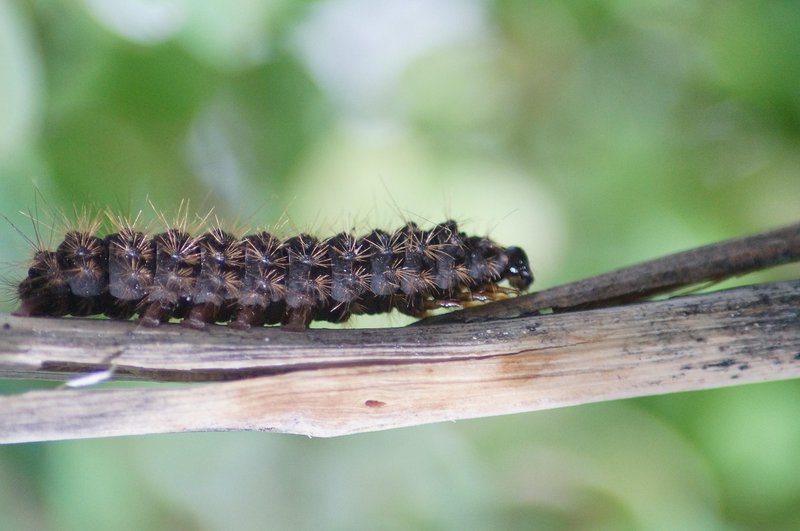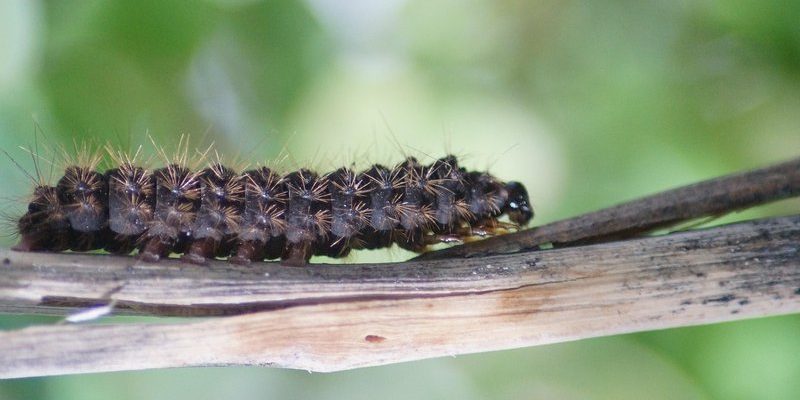
Imagine sitting quietly in a lush green garden, your camera ready. The sun filters through the leaves, illuminating a tiny inchworm as it inches its way along a branch. Here’s the thing: these moments are fleeting and require a keen eye, patience, and a bit of know-how to capture effectively. In this guide, we’ll explore techniques and tips for photographing inchworms, keeping in mind how to showcase their unique motion, ensuring your images tell a beautiful story.
Understanding Inchworm Behavior
Before you start snapping photos, it’s essential to understand what makes inchworms tick. Inchworms, also known as measuring worms, are the larval stage of moths. They move in a way that looks like they’re measuring their distance, hence the name. They can bend and loop their bodies, which allows them to navigate their environment effectively. Observing how they interact with their surroundings can help you anticipate their movements.
These tiny creatures usually blend into their environment, using camouflage to protect themselves from predators. This means you’ll need to be extra observant. Watch how they navigate branches or leaves; they often pause, stretch, and then inch forward. This behavior can give you hints on when to capture that perfect moment.
You might be wondering how to find these little critters. Look for them on plants and trees, especially during warmer months. They’re more active during the day, but they can also be spotted during cooler hours.
Choosing the Right Equipment
For capturing motion, your camera gear can make a significant difference. You don’t need the latest model, but certain features can enhance your inchworm photography experience. If you’re using a digital camera, a model with a fast shutter speed is ideal. This allows you to freeze the action, capturing the inchworm in mid-movement without blur.
A macro lens is another fantastic tool. It lets you get up close and personal with your subject. Inchworms can be tiny, so a macro lens can help you uncover incredible details that the naked eye might miss. If you’re using a smartphone, look for apps that allow you to adjust settings like exposure and focus manually. These features can help you mimic the effects of a dedicated camera.
Additionally, consider using a tripod to stabilize your camera. This is especially important for macro photography, where even the smallest shake can cause blurriness. A tripod allows you to set up your shot and wait for the inchworm to come into frame.
Setting Up For Success
Lighting is everything in photography, especially for capturing motion. You’ll want to shoot in natural light when possible. Early morning or late afternoon provides soft, diffused light that can enhance your images. The golden hour, just before sunset, can make your inchworm glow, creating a magical effect.
Try to find a spot where the light highlights your inchworm without causing harsh shadows. If you notice the lighting is too harsh, consider using something to diffuse the light, like a thin white cloth or a reflector. This can soften shadows and evenly light your inchworm, making it look its best.
Another tip is to get on their level. Instead of shooting from above, crouch down or lie flat on the ground. This perspective can make your photos feel more intimate, drawing the viewer into the inchworm’s world. Remember, you want to tell a story, and being at eye level helps achieve that.
Capturing Motion: Techniques to Try
Capturing the movement of an inchworm can be tricky, but there are some techniques to help you succeed. One effective method is to use continuous shooting mode, which allows your camera to take several shots in quick succession. This increases your chances of getting that ideal moment.
Another option is to use a slower shutter speed if you want to convey motion blur. This technique can give a sense of movement, showing the inchworm as it inches along a twig. Just be careful—too slow of a shutter speed can lead to an unclear image. As always, finding the right balance is key.
You can also play with focus. Try using a shallow depth of field to blur the background, which can help your inchworm stand out. This technique draws attention to your subject and enhances the overall composition of your photo. Just ensure the inchworm is in sharp focus, highlighting its unique details.
Post-Processing Tips
Once you’ve captured your shots, it’s time to edit. Even slight adjustments can elevate your images. Tools like Adobe Lightroom or even free apps like Snapseed can help you enhance color, contrast, and sharpness.
Start by cropping your image to improve composition. Removing distracting elements can help direct the viewer’s attention to the inchworm. Adjust levels and contrast to make colors pop, but avoid going overboard—nature has a natural beauty, and it’s best to enhance rather than alter.
Experiment with adding a slight vignette. This darkens the edges of your photo, drawing the eye toward the center where your inchworm resides. It’s a simple trick that can add a touch of drama to your images.
Common Challenges and How to Overcome Them
Photographing inchworms can come with its own set of challenges. They move slowly, but they can also suddenly change direction, making timing crucial. Here are a few common problems and how to tackle them.
One challenge is that inchworms often blend in with their surroundings. To counter this, look for contrasting backgrounds or try shooting at different angles. This can help your subject stand out. If an inchworm is hard to spot, remember to take breaks and observe. Patience is key, and sometimes stepping back allows you to see new angles or opportunities.
Weather can also affect your shooting conditions. On windy days, inchworms might sway, making it tough to capture steady shots. If wind is an issue, consider waiting for a calmer moment or using a faster shutter speed to freeze the action.
Finding Inspiration and Experimenting
As with any aspect of photography, inspiration is essential. Take the time to explore other photographers’ work, whether through social media or photography websites. You can learn a lot from observing how others capture inchworms and other small creatures.
Don’t be afraid to experiment! Try different settings, angles, and compositions. Sometimes the best shots come from unexpected places. Use your imagination—capture inchworms in unique contexts or alongside other elements in nature to create compelling stories.
Photography is about exploration and personal expression. Each inchworm you capture offers a new story, and the more you shoot, the more you’ll refine your technique and vision.
In conclusion, inchworms can add an exciting dimension to your wildlife photography. By understanding their behavior, choosing the right equipment, and employing effective techniques, you can capture their unique movements beautifully. Remember, patience and practice are key. So grab your camera, head outside, and enjoy the delightful world of inchworms waiting for you to discover.

